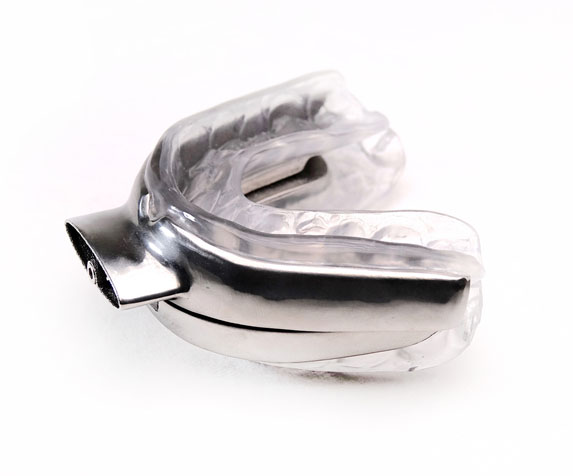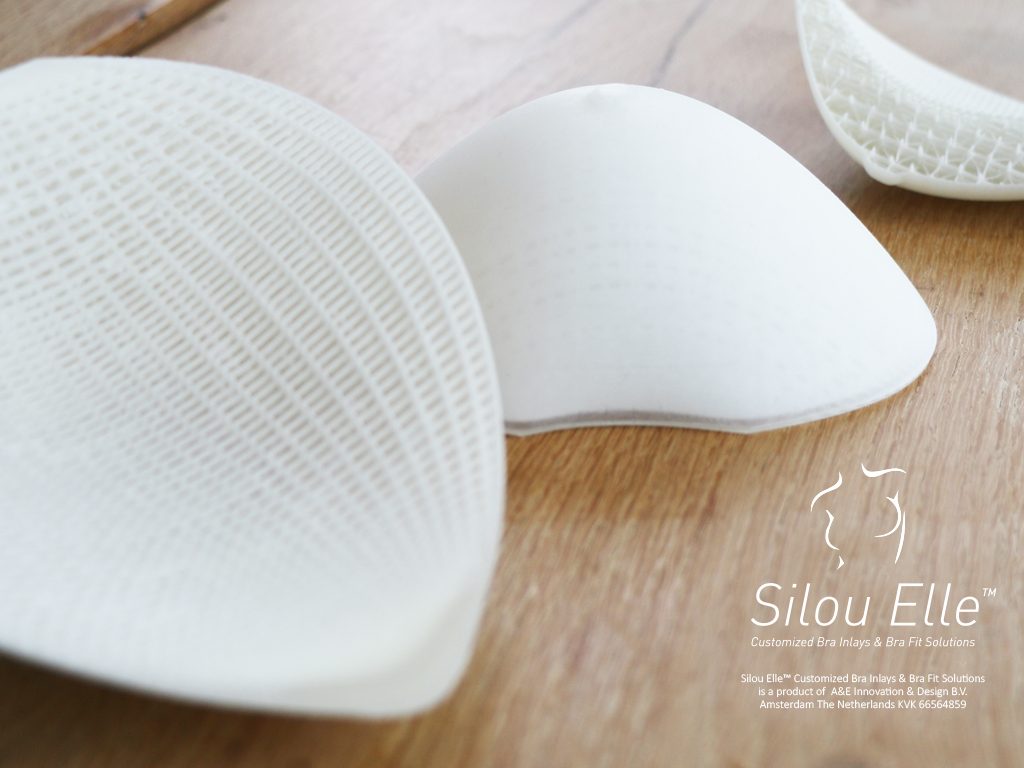This is a guest post in our series looking at the future of 3D Printing. To celebrate 5 years of reporting on the 3D printing industry, we’ve invited industry leaders and 3D printing experts to give us their perspective and predictions for the next 5 years and insight into trends in additive manufacturing.
Jenny Chen is trained as a neuroradiologist and is founder & CEO of 3DHEALS, a company focusing on curating healthcare 3D printing ecosystem. Her main interests include medical education, 3D printing in the healthcare sector, and artificial intelligence. She is also a current adjunct clinical faculty in the radiology department at Stanford Healthcare. She is the organizer for 3DHEALS2017, one of the largest global healthcare 3D printing conferences this year.
3D Printing The Next 5 Years by Jenny Chen, CEO 3DHEALS
My primary focus in 3D printing is in the healthcare sector, which includes healthcare applications using 3D printing and related technologies as well as 3D bio-printing.
In short, I am very excited about the next five years for 3D printing in the healthcare sector, and even more optimistic in the potential positive impact the technology can bring humanity by improving healthcare.
Sometimes, the best way to predict the future is to examine our past.
In the past five years, 3D printing has made leaps and bounds in the healthcare sector. The industry has achieved many milestones last year (2016) alone, from innovations to corporate strategy level. In general, we observe 5 trends in the past five years in healthcare:
More healthcare professionals engaged in learning 3D printing technologies and purchasing 3D printing related products
Based on conference attendance, the number of 3D printing related sessions in various subspecialty society conferences have exponentially increased in the past five years. The most obvious increase has been seen in conferences like AAOS (American Association of Orthopedic Surgery) and RSNA (Radiological Society of North America).

Several “celebrity status” dentists, like Dr. Michael Sherer and Dr. Ivan Chicchon, have started their own educational series on 3D printing for dentistry. The potential ROI for dentists is clear. Children hospitals around the world is trying to “catch up” in establishing 3D printing centers within the hospital.
FDA guidance is becoming better defined
The latest efforts from the FDA are the result of the requests by both healthcare providers and the industries.
Medical device companies start to invest heavily in 3DP research and development
For example, device makers Stryker and Johnson & Johnson both recently invested heavily in 3D printing R&D.
Partnerships between companies
These partnerships include ones between software company and hardware company (e.g. Vital imaging and Stratasys), software company and service bureau (e.g. Terarecon and Whiteclouds), and pharma companies and bioprinting companies (Johnson & Johnson with Aspect Biosystems).
Mergers and acquisitions
3D Systems recently acquired Next Dent and are poised to dominate the 3D printing dental field. This is of course not the first-time 3D Systems has used M&A to reposition itself, but is probably the most significant M&A in recent months in the healthcare vertical, as more and more companies start to realize the value of having biocompatible material.
Another notable M&A deal was GE’s purchase of Arcam in 2016, a metal 3D printing company that is often used to produce 3D printing medical implants.

Trends for the next 5 years in 3D printing
Based on these observations, I predict the following trends for the next five years.
Firstly, more user-friendly 3D printing product specifically designed for healthcare professionals and healthcare system. This product includes 3D printing digital workflow that is out-of-box ready to use.
Second, more clarifying guidelines on 3D printed medical device from the FDA.
Next, leadership in 3D printing R&D in medical devices by industrial giants will encourage more entrepreneurial pursuits in the area, accelerating overall the industry innovation rate.

Also I expect new business models and delivery systems of 3D printing services and products will emerge. For example, hospitals may become primary manufacturers of on-demand devices; or, medical devices company “ship” its product via the internet and 3D printing service bureaus.
Along with these new business models, questions related to liability and IP must be answered. A final trend will be that M&A deals will increase because of increasing available innovations.
Surprises for the future of 3D printing
Despite these predictions, however, I am looking forward to pleasant surprises. In particular, I am looking forward to groundbreaking innovations. Without accelerated innovations and growth, 3D printing will remain a tiny single digit percentage of the total manufacturing industry even at an average 20-30% annual growth rate.
This unpredictable nature of the future path of an emerging technology like 3D printing is probably its most exciting aspect, and probably why I am so fascinated by it.
This is a guest post in our series looking at the future of 3D Printing, if you’d like to participate in this series then contact us for more information. For more insights into the 3D printing industry, sign up to our newsletter and follow our active social media channels.
Don’t forget that you can vote now in the 1st annual 3D Printing Industry Awards.
Can you find more information about 3DHEALS here, and further details of the upcoming conference 3DHEALS2017.
Featured image shows Jenny Chen, founder and CEO of 3DHeals.



